Commentary: The frenetic foreign policy of President Donald Trump's first 100 days
Published in Political News
The first 100 days of a new U.S. administration are typically thought of as a honeymoon period for the president. It’s a time when the new team makes big promises, tries to accomplish as much as possible before the Washington gridlock kicks back in and sets the overall narrative.
President Donald Trump’s second administration is no different. One day before he took the oath of office for a second time, Trump vowed boldness and greatness right out of the gate. “The American people have given us our trust, and in return, we’re going to give them the best first day, the biggest first week and the most extraordinary first 100 days of any presidency,” Trump boasted to his supporters.
Whether one believes Trump has reached the bar he set is in the eye of the beholder. According to a bevy of public opinion polls released this weekend, most Americans don’t think he’s doing a particularly good job. What is indisputable, however, is that Trump relishes busting norms, expanding presidential power and signing dozens upon dozens of executive orders. If his first administration was often at war with itself, the second is unified and action-prone, even if those actions — such as deporting a man to El Salvador despite a court order preventing that — tie up the court system.
Trump promised big things, not only on the home front but internationally as well. While the president’s “I’ll solve the war in Ukraine in a day” shtick was never a serious proposition, it nonetheless demonstrated a sense of urgency on Europe’s deadliest conflict since World War II. Trump wanted it solved, quickly, and claimed he was the only person on earth who could do it. He said much the same about the war in Gaza between Israel and Hamas, which has turned the coastal enclave into an inhospitable wasteland. On trade, Trump vowed to push countries that were taking advantage of the United States into new deals. Adversaries would learn to fear America again, and allies would learn to respect it as a superpower rather than a dupe.
The world, however, tends to water down the grandest expectations. Presidents can issue as many pronouncements as they want, but if results don’t come, then they amount to a lot of hot air. Trump’s first 100 days hasn’t been a complete failure, but it hasn’t been a resounding success either.
On Ukraine, Trump was true to his word by lighting a fire under a diplomatic process. He has arguably done more in his first 100 days to push a diplomatic solution to the war than Joe Biden’s administration did in three years. Senior U.S. officials such as Secretary of State Marco Rubio, National Security Adviser Mike Waltz and envoy Steve Witkoff have met Ukrainian, Russian and European officials numerous times in multiple capitals to try to get the process moving in the right direction. Whereas Biden was highly reluctant to push Ukrainian President Volodymyr Zelenskyy into negotiations, Trump has no qualms with using the bully pulpit and the stick to force the Ukrainians to cooperate.
The problem is that nothing has come of Trump’s peace initiative — not yet, at least. The two short-term ceasefires U.S. officials attempted to ram through were either rejected by Russian President Vladimir Putin or violated before the ink was dry. The respective positions of the combatants are so far apart that Washington is having a tough time trying to get to a middle ground. Russian Foreign Minister Sergey Lavrov emphasized Russia’s maximalist goals during a recent interview, and Zelenskyy is again refusing any territorial compromises. The Trump administration tabled a draft peace accord, but the terms — including U.S. recognition of Crimea as Russian territory, a freeze of the front lines and undefined security guarantees for Ukraine — have managed to do nothing but upset everyone.
The war in Gaza, which Trump also vowed to end, continues to kill dozens of people every day. The president deserves credit for helping cement a three-stage ceasefire between Israel and Hamas in January. But Israeli Prime Minister Benjamin Netanyahu never bought into the effort, choosing to resume the war after the first stage, a six-week ceasefire, expired. Trump for all practical purposes has gotten bored of the entire affair, moving Washington’s policy ever closer to what Netanyahu wants to do — and as far as I can tell, that consists of bombing Gaza every day until Hamas lays down its arms and goes into self-imposed exile.
The trade wars, meanwhile, are in full swing. Trump’s love of tariffs is now operationalized. The United States and China, the world’s two largest economies, are in a full-blown economic conflict, with tariffs, export controls and investigations sullying a trade relationship that was valued at more than $580 billion last year. For Trump, this is precisely the point; China will start changing its predatory ways only if it’s forced to do so. The Trump administration is banking that, over time, Beijing will agree to come to the negotiating table in order to preserve its access to the world’s largest consumer base.
The question, as always, is whether China will follow the script. Right now, Chinese President Xi Jinping is choosing hardball, retaliating tariff for tariff, stopping the export of certain rare earth minerals and rejecting any talks with the Americans until Trump either initiates a call first or lowers the 145% tariffs he issued weeks earlier. Nobody knows how long the staredown will continue.
Depending on where you stand in America’s ever-widening political divide, Trump’s first 100 days are either a horror show or a necessary corrective. What’s certain is that the next 100 days are likely to be as frenetic as the last.
____
Daniel DePetris is a fellow at Defense Priorities and a foreign affairs columnist for the Chicago Tribune.
___
©2025 Chicago Tribune. Visit at chicagotribune.com. Distributed by Tribune Content Agency, LLC.
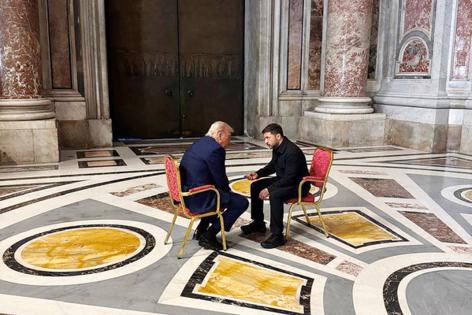


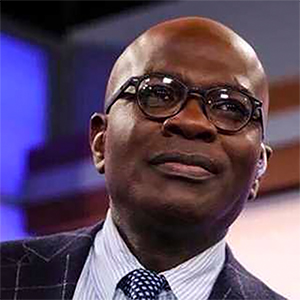





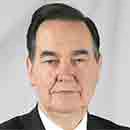


















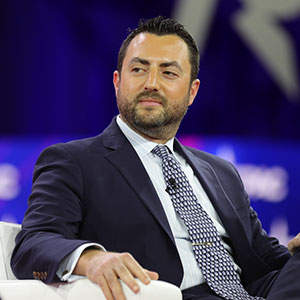
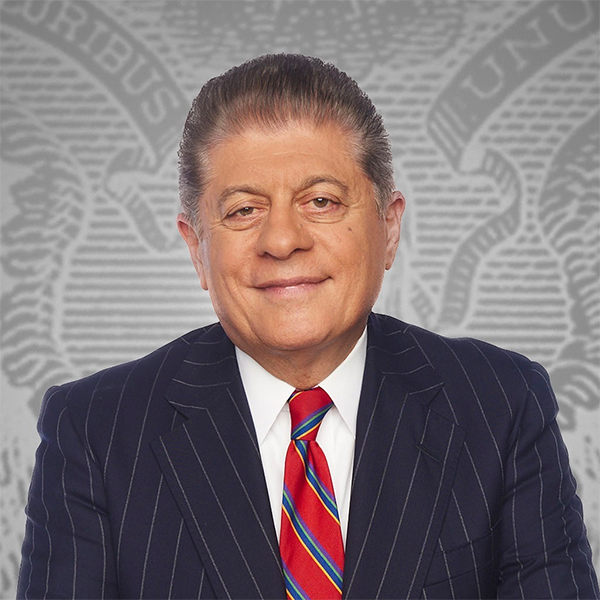



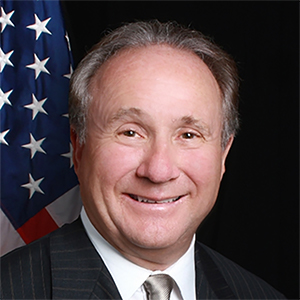

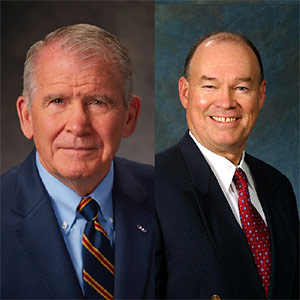



















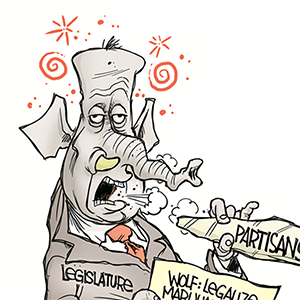




Comments